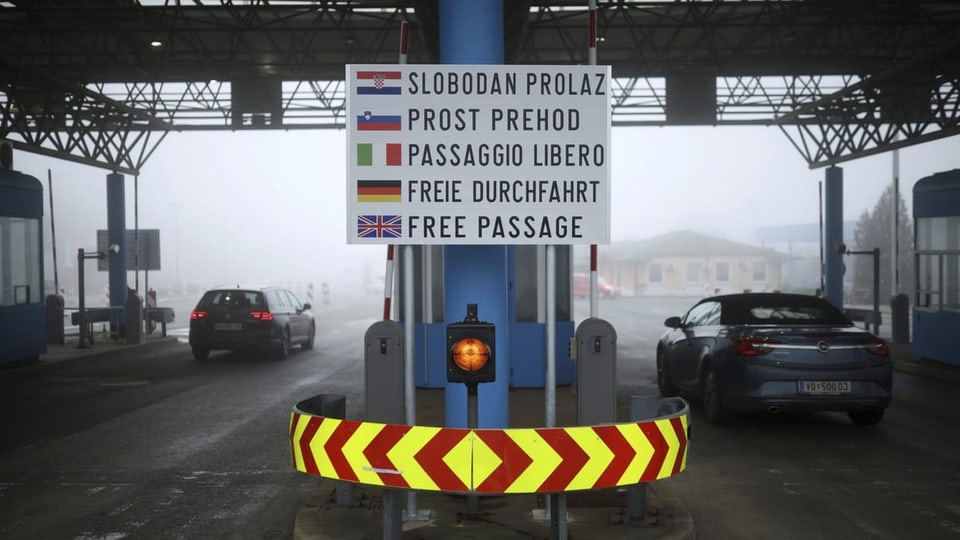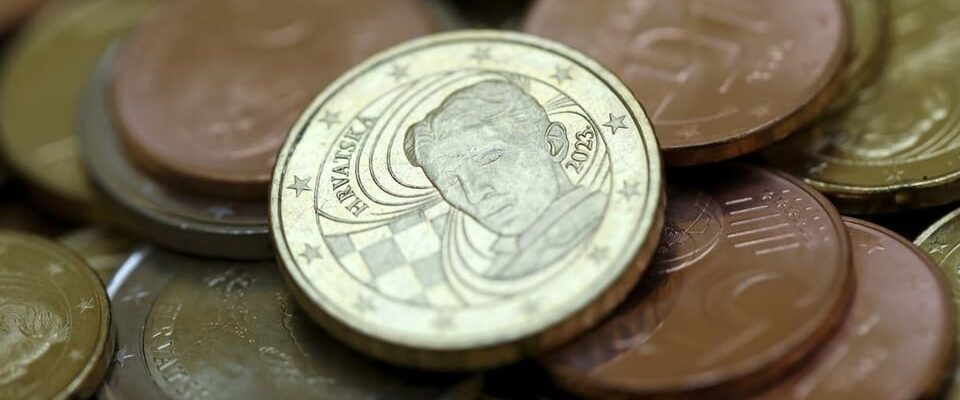contents
The new year brings two important innovations for Croatia: the country introduces the euro as its currency and joins the Schengen zone.
Joining the eurozone is a long-cherished wish of the Croatian government. Even if in opinion polls, just over half of those questioned were in favor of abolishing the Kuna currency.
The fact is: Croatia has always been closely linked to the euro because most savings accounts are already in euros. And larger transactions, such as buying a property or a car, have long been counted in euros. Interest rates had already fallen when the introduction of the euro was announced.
Nikola Tesla on the euro coins
You can still pay with both currencies for two weeks. The new euro coins with country-specific minting are ready. This was preceded by a hateful controversy with neighboring Serbia.
Reason: On the reverse of the fifty, twenty and ten cent coins is the portrait of Nikola Tesla. The humanly odd but brilliant inventor, physicist and engineer was born in 1856 to a Serbian family in the town of Smiljan in Croatia.
Legend:
The portrait of Nikola Tesla is emblazoned on the new Croatian euro cent coins, causing discord in neighboring Serbia. The problem: Tesla was born in Croatia to Serbian parents.
Keystone/ARMIN DURGUT
The Serbian central bank reacted with outrage to the new coins, speaking of “cultural appropriation” and announcing “appropriate measures”. This reaction shows that the Croatian connection to Europe does not drive away the ghosts of the difficult relationship with Serbia.
The Schengen external border in Croatia is new
But at least three neighboring countries are moving closer to Croatia. Since midnight there have been no more controls at the Croatian national borders with Slovenia and Hungary, nor at the sea border with Italy. The barriers at the border have been removed. The “Stop” lettering on the road has been painted over in black. Croatia is the 27th country of the Schengen area.

Legend:
The way is clear: Croatia has been part of the Schengen area since midnight and does not carry out any border controls inside the EU.
Keystone/ARMIN DURGUT
However, with accession to Schengen there are also obligations: Croatia is now the external border of the Schengen area and has to monitor over a thousand kilometers of borders with non-EU countries. A daunting task for a country whose border police have often been accused in recent years of using so-called pushbacks to illegally and often brutally return refugees to Bosnia.
30 years after the War of Independence
Croatia and its Schengen neighbors hope that the often kilometer-long traffic jams at the border will be eliminated. However, these traffic jams could also shift to the toll booths, since their processing is still very slow.
Nevertheless, most Croatians see the two steps as historic for their country. Economist Vedrana Pribicevic from the Zagreb School of Economics and Management says: “These are two of the most important foreign policy goals that Croatia has achieved in the last twenty years. And that only 30 years after a terrible war of independence.”
